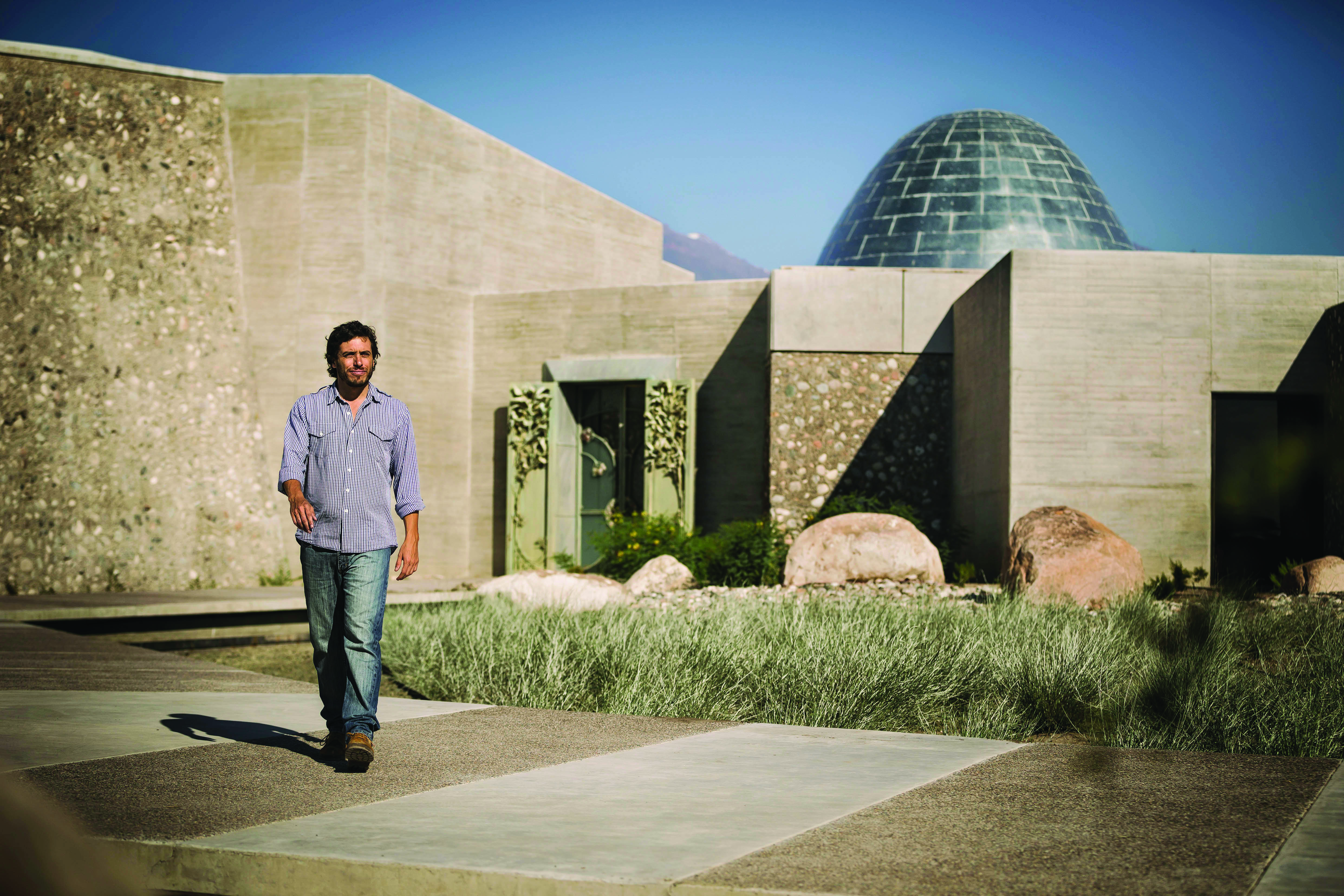“In terms of production the main challenge is to achieve ripeness at lower alcohol levels, although this is not an exclusive problem to Argentina.
“In terms of opportunities the search for diversification through regional styles is definitely something producers should start to strive for. Consumers in the future should speak about Altamira, Vista Flores not Malbec.”
Vianna adds: “In the future the best wines coming out of Argentina will not be Malbec but blends.”
Gauchezco Wines owner Eric Anesi, says: “Today’s trends are for wines that respect their origin. Wines that have more fruit and less oak. Wines that express their terroir from their respective growing zone, whether that be from as far south as Patagonia, passing through Mendoza up to the north in Salta, and, of course, the personality of the winemaker.”
Flichman’s Berra says: “I find it interesting to plant Cabernet Franc and Petit Verdot, especially in warmer areas where they reach good maturity and produce complex wines. In terms of styles, the most challenging now is to make wines that talk about the region and not about the oenologist – it means making wines without any intervention or additives other than good grapes to express the flavours and structure that nature produces itself. I call it ‘sensitive winemaking’.”
“I travel a lot promoting our wines and I can say that most of the consumers know about Malbec and not so much about other varieties such as Bonarda, Cabernet Franc, Syrah, Petit Verdot or Torrontes. Once they try the wines it is a new world for them. It is interesting Finca Flichman’s most successful wine in the US is not a pure Malbec, it is a blend from the Uco Valley,” says Berra.
EXPORTS
Trivento’s Caamaño says: “Argentina’s key export markets, and Trivento’s, are the UK and US. The eager industry is watching every movement or sign from Asia. We know there is great potential there. UK and US markets are trendsetters, especially because of their curious, adventurous and relatively well-off consumers.”
Santa Rita Estates’ key markets are the US, UK, Ireland, Canada, Brazil and Denmark. In 2015 Doña Paula ranked ninth in wine exports from Argentina, reaching 400,000 9-litre cases and growing 24% on the previous year.
Doña Paula’s Fernandez says: “Argentina in the last few years has grown in exports for white wines –Sauvignon Blanc and Chardonnay are in the biggest growth. I think this situation is because the wines are showing more fresh style from the acidity and less oak. Wines are more bright, mineral and vertical.”
MOVING FORWARD
Catena Zapata’s Laura Catena says: “There is less tourism to Argentina than to many of the European wine regions. Therefore, few people know how magical and historic our wines and our wine culture are. We need to work harder at getting wine lovers around the world to visit our wine regions and learn about our wines.”
Berra agrees: “The most effective way to promote them is to invite people from abroad to visit our cities, our wineries, our vineyards. Experience the culture, breathe the air that grapes breathe, and taste those wines that are difficult to find in their countries. Once they go back home, they talk about it to others and then the communication flows.”
Berra adds that the US is the number one market. “Malbec has been very well accepted for its easy-drinking, fruity style, and it is steady at the moment.
“The UK is the second and was growing about 10% during the first semester of 2016, which I find interesting because it is a market that knows about Argentinian wines and seeks good quality at a good price. Third position is for Canada, focusing on Malbec in the lower price level.”
Gauchezco Wines’ Anesi says: “The main challenge we are facing is how not to be pigeonholed and tire the end consumer out on the Malbec variety. Our hope and what we foresee as an opportunity is that consumers who are familiar with Malbec from Argentina will recognise the quality and use that knowledge as a springboard to explore other great varieties and blends being introduced into the worldwide market.
Zuccardi concludes: “The future of our wines is not in variety but in the place. The future of Argentina is not talking only of Malbec – we start talking about regions, searching through them for identity, particularities.
“Fifteen years ago Argentina was enough to mention. Today we are beginning to talk about microregions, which is a big step in a short time.”




